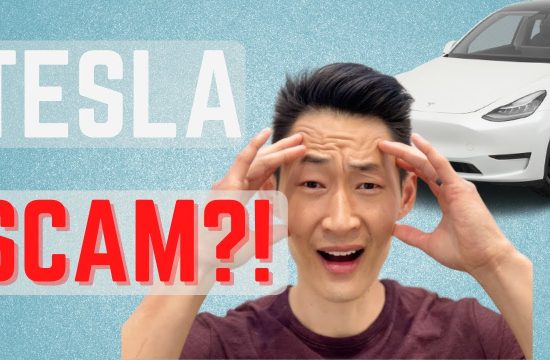 Shutterstock photo
Shutterstock photo
Android inventor Andy Rubin took the wraps off of Essential Products , his new hardware startup, Tuesday morning, unveiling the company’s two first products: The Essential Phone, a high-end Android phone, and Essential Home, which promises Amazon Echo-type functionality with an integrated touch screen. But a number of trademarks – and a recently acquired patent – reveal even more ambitious plans.
The phone, dubbed the Essential PH-1, combines a 5.7 inch display with an almost bezel-free titanium body, a fast Snapdragon processor, 4GB of RAM, 128 GB of memory and an interesting magnetic extension port that makes it possible to clip on an external 360-degree video camera. The phone will ship soon for $ 699, and Essential is adding the 360-degree camera for just $ 50 as an introductory special. After that, the camera accessory will sell for $ 150.
There is no price tag for Essential Home yet, a puck-like device with an integrated touch screen that promises Amazon Echo-like functionality with an added layer of privacy. But the company says that it will be powered by something it calls Ambient OS, which is supposed to automatically recognize other devices in the home and help to interact with them.
Rubin is best known as the inventor of Android, and led Google’s mobile software efforts for some 8 years. After leaving Google in 2014, he founded Playground Global, a startup incubator that eventually gave birth to Essential Products.
Rubin had been hinting at the Essential phone for weeks, sharing sneak previews on Twitter . Essential Home was much more of a surprise, by design: To keep the product and its plans from prying eyes, Essential registered a shell company dubbed “Henry’s Products LLC,” named after one of the company’s office dogs.
That shell company registered a number of trademarks relevant to Essential’s products and road map in recent weeks, including one for Ambient OS. Other trademarks registered by Henry’s Products included Home Connect, Home Display and Boundless, which apparently was meant as a way to describe Essential Home’s voice recognition software.
But there’s something else hidden in these products: a lot of references to home monitoring and security products. True Display, for example, is being described as:
“Remote video monitoring system consisting primarily of a camera and video monitor for recording and transmitting images and videos to remote locations; video cameras; computer software for mobile phones, tablets and other wireless devices, namely, software for use in recording, viewing, storing, sharing and analyzing online audio and video.”
That’s not an accident, and it tells us a lot about where Essential aims to go with Home and future products. Case in point: Henry’s Products apparently recently acquired some intellectual property from Sentri , a startup that had been building an Android-powered home monitoring system. Sentri delivered around a thousand of its displays with integrated cameras to Kickstarter backers, but was never able to secure enough funding to take its product to the next level and eventually ran out of money.
However, the startup owned some key IP, including a patent for a “portable security device” that got assigned to Henry’s Products in April. “The portable security device can compute a home rhythm pattern utilizing a machine learning engine based on a historical record of real-time sensor feeds,” the patent reads. Such a device could for example learn when a home-owner would normally leave the house, and alert them when motion was detected during that time, or register anything else out of the ordinary.
Rubin’s team was still coy Tuesday on how exactly it was going to position its Home product. His company’s secretly-registered trademarks and the Sentri patent suggest that home monitoring – perhaps combined with a still-unannounced camera – will be a key part of it.
The views and opinions expressed herein are the views and opinions of the author and do not necessarily reflect those of Nasdaq, Inc.







